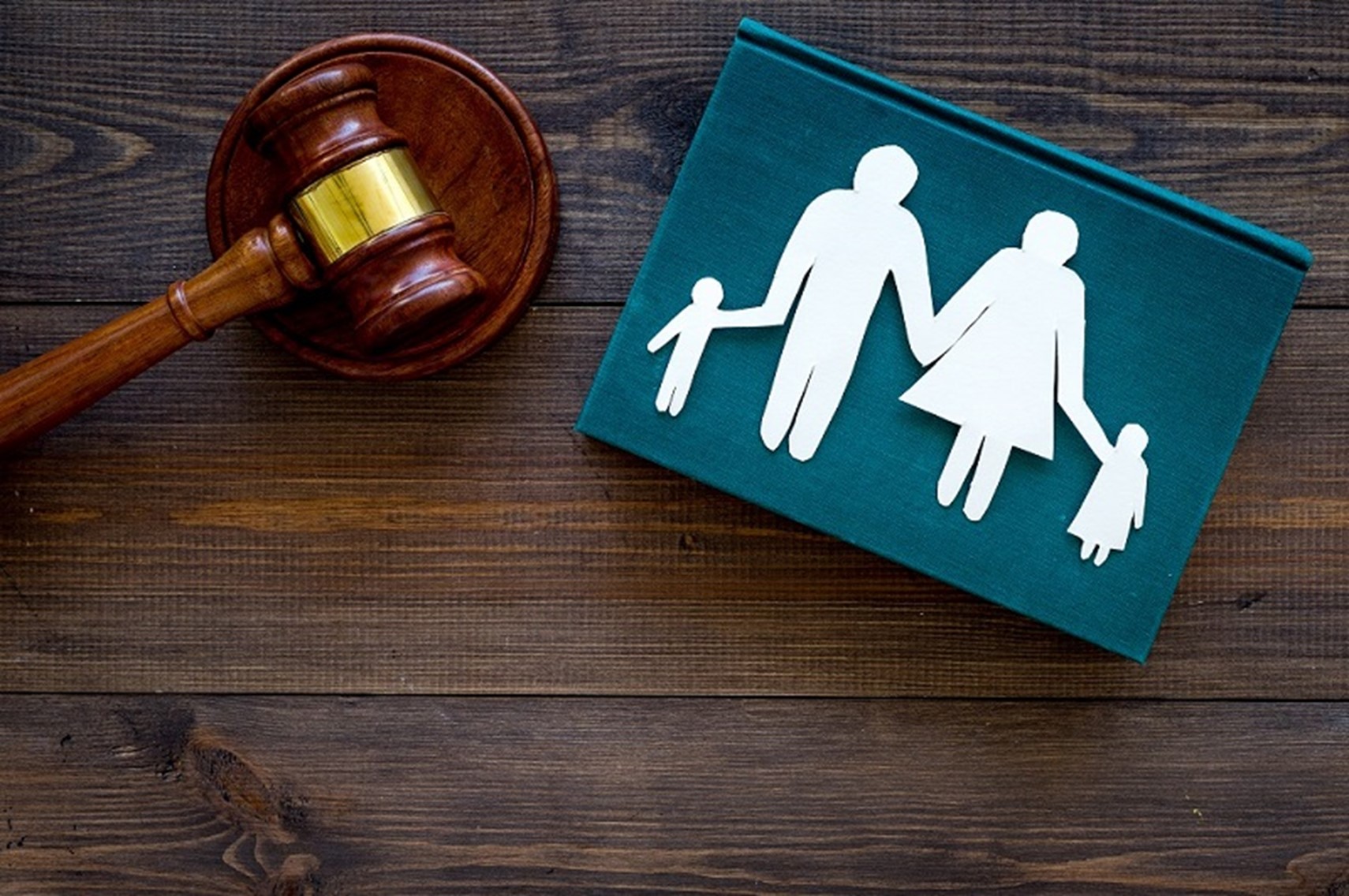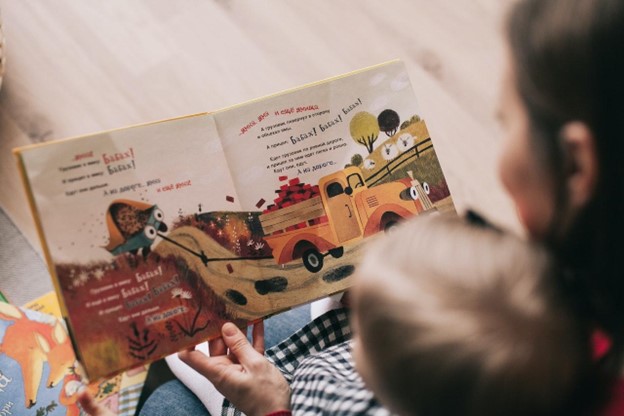Roughly one in every three children will see their parent’s marriage fail.
Divorce is increasingly common and does leave an impact on kids that are directly involved. The biggest impact on a child is the custody arrangement as they may need to change their daily routines. This is why it’s so important to understand custody evaluations.
Custody evaluations are there to determine the best interest of a child. This evaluation takes a wide range of factors into consideration to help draft a solid parenting plan. This plan is designed with the child in mind, not the parents.
Want to learn more about child custody evaluations? Read on for what you need to know about the types of custody arrangements and how a decision is finalized.
Types of Child Custody Arrangements
There are a few unique custody arrangements that you should know about. These arrangements range from legal custody to joint custody where both parents share in daily responsibilities. Here’s a quick look at the various custody arrangements.
Legal Custody
Legal custody is full custody of your child. This kind of custody goes further than physical custody as the parent is able to make long-term decisions about the child’s well-being. This includes decisions about education, medical issues, and even living arrangements.
Physical Custody
Physical custody is full custody of a child without the ability to make long-term decisions. This means that you are in control of where the child lives along with the day-to-day activities. Major decisions like moving to another school or city will still need to be agreed upon by both parents.
Sole Custody
Sole custody is where one parent gets full custody of the child. This kind of custody arrangement is given to people with abusive partners or where safety can’t be guaranteed for the child. The safety and well-being of your child are always the main priorities.
Joint Custody
Joint custody is the most popular custody arrangement for divorced couples. This custody arrangement gives both parents the ability to have a say in the child’s future. Decisions for the child are the responsibility of both parents, including finalizing living arrangements.
In most cases, the child will stay with one parent during the week and with the other parent on weekends. However, the ultimate decision does lay with both parents.
Determining the Best Interest of a Child
There are a few major factors that come up when discussing child custody. At the end of the day, all of these factors are looked at to determine the best situation going forward. Here’s a quick look at these factors.
Child’s Age
Your child’s age is an incredibly influential factor. Young children require more care and attention than older kids. This means that judges are more inclined to give custody to the primary caregiver.
When it comes to older children, the court may take their personal wishes into consideration. As long as their decision does not contradict the other factors, the court is likely to side with the wishes of the child.
Consistency
Courts will always try to make the child’s life a priority. This includes keeping the child’s daily routine as consistent as possible. From living arrangements to school and external activities, the least number of changes the better.
Parental Ability
Parental ability is a major factor when deciding who gets custody. This ability includes providing the child with physical and emotional support. However, it also includes financial support such as shelter, food, medical care, and education.
This is not to say that the wealthier parent will always get custody. Instead, this requirement is just to make sure that the child will maintain their lifestyle with the parent that gets custody. This is to make sure that the child is not impacted by the transition.
Changing Routines
When it comes to making a custody agreement, the judge will try to limit the changes that impact the child’s daily life. This means that the child’s typical routine is taken into consideration to determine where they should stay.
General Safety
The general safety of your child will always be taken into consideration in family court. If there’s any indication that your child may not be safe with one parent, the judge will take all necessary steps to ensure the child’s safety. This could be denying custody to that parent or setting limitations for the custody agreement.
Creating a Parenting Plan
Creating a parenting plan is essential to help you co-parent successfully. This plan should include time for family activities with both parents. However, this is still dependent on the custody arrangement that has been agreed on.
The best way to manage your parenting plan is to have a shared calendar. This calendar can help plan activities and schedule when your child will visit each parent. Cloud-based calendars are the best option as both parents will be able to contribute to your child’s schedule.
This is also great to help inform both parents of any changes so that they can prepare in advance.
Let 2houses Help with Your Parenting Plan
As parents, you want to give your child the best foundation possible. Even though a divorce can cause some disruptions, a solid parenting plan can ensure that your child is taken care of properly. Whether you have shared custody or weekend visiting rights, it’s important to have a solid plan so that there’s no confusion for your child.
2houses offers convenient, comprehensive tools to help you create and manage your parenting plan. The platform lets you create a simple, cloud-based calendar along with messaging and financial tools. Learn more and start your free trial today.












